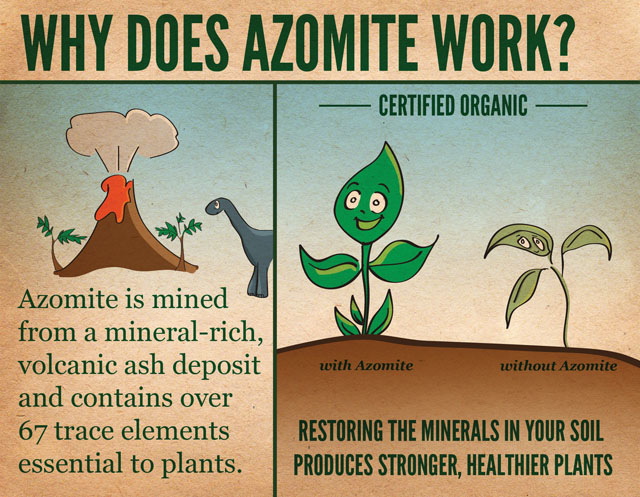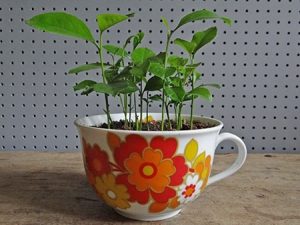One of the newer “miracle products” targeted to gardeners is rock dust. Rock dust (also called rock flour or rock mineral powder) is exactly what it sounds like. It is a byproduct of quarry work and is generally a finely pulverized material that resembles silt. It’s heavily promoted as a way to provide macro- and micronutrients to your soils and plants. Is it worth adding to your gardens?

First, it’s worth acknowledging that repurposing an industry byproduct is always preferable to throwing it away. Fortunately, the last few years have yielded some peer-reviewed research that we can use to make informed recommendations.
What’s in rock dust?
Obviously, the mineral content of rock dust is dependent on the rocks used to make it. This means the mineral content varies considerably, but in general rock dusts contain:
- Large amounts of silicon, aluminum, and sometimes iron
- Lesser amounts of calcium, copper, magnesium, manganese, potassium, sulfur, and zinc.
- Potentially toxic levels of aluminum, arsenic, cadmium, chromium, copper, lead, nickel, and sodium.
I’ve added some tables from a few research articles that analyzed their rock dust mineral content below. Note the high silcon, aluminum, and iron content. (LOI = loss on ignition, meaning some materials were burned off during analysis.)



How is rock dust used as a mineral source?
Rock dusts must be solubilized to release minerals. There are some criteria that can speed mineral release:
- Decreasing the particle size of rock dust.
- Blending the rock dust with nutrient-rich organic matter like manure. This provides an acidified environment for mineral solubilization.
When is it beneficial to use rock dust?
There are documented benefits to using rock dusts – but only in agricultural production systems:
- Rock dusts can contribute minerals to nutrient depleted soils, such as agricultural soils that have been overworked for decades.
- Organic farmers can use specific rock dusts to supply micronutrients, rather than commercial fertilizers which are not certified for organic crop production.
- Cereal crops – members of the grass family – require silica as a micronutrient (though silica is rarely if ever deficient in field conditions).
What’s the bottom line for gardeners?
As one article states, “…there is a potential for using [rock flour]…where there is a lack of these nutrients and where conventional chemical fertilizers are either not available or not desired.”
And how do you know if you have a lack of a certain nutrient? Why, by having your soil tested, of course! There is no point in adding anything to your soil unless something is missing. It is MUCH harder to treat a nutrient toxicity than to add a deficient nutrient. Iif a soil test reveals a lack of a particular nutrient, a carefully chosen product could supply this mineral. But you would have to know what else was being supplied and possibly creating a mineral toxicity.
At this point, there is no evidence to suggest that rock dusts are of any value to a home garden or landscape. And adding these products can easily contribute to aluminum and heavy metal toxicities. I would never add it to this soil, for instance, as it already has excessively high aluminum levels.

This blog is full of great ideas on how to manage your soil naturally, sustainably, and safely. Rock dusts are just the latest garden product with lots of marketing but little benefit.









